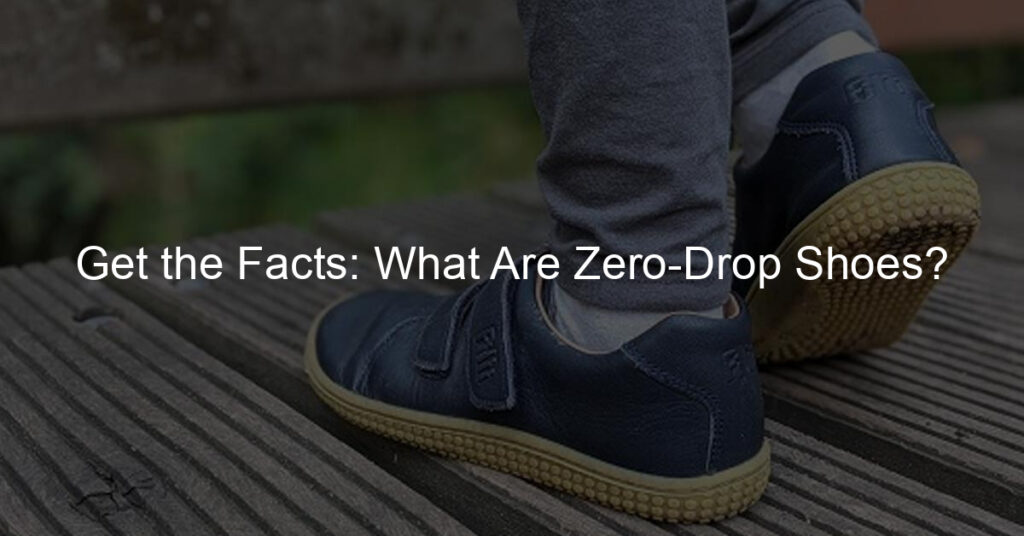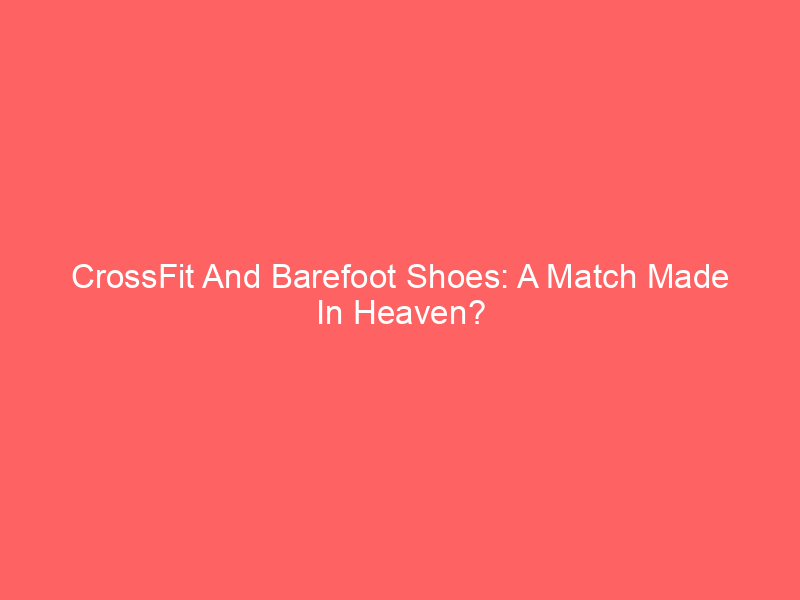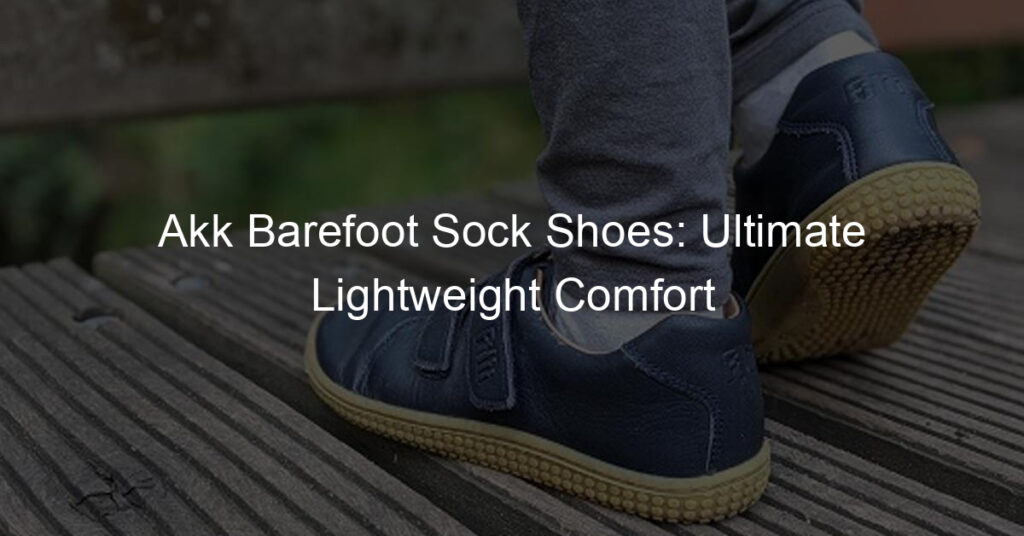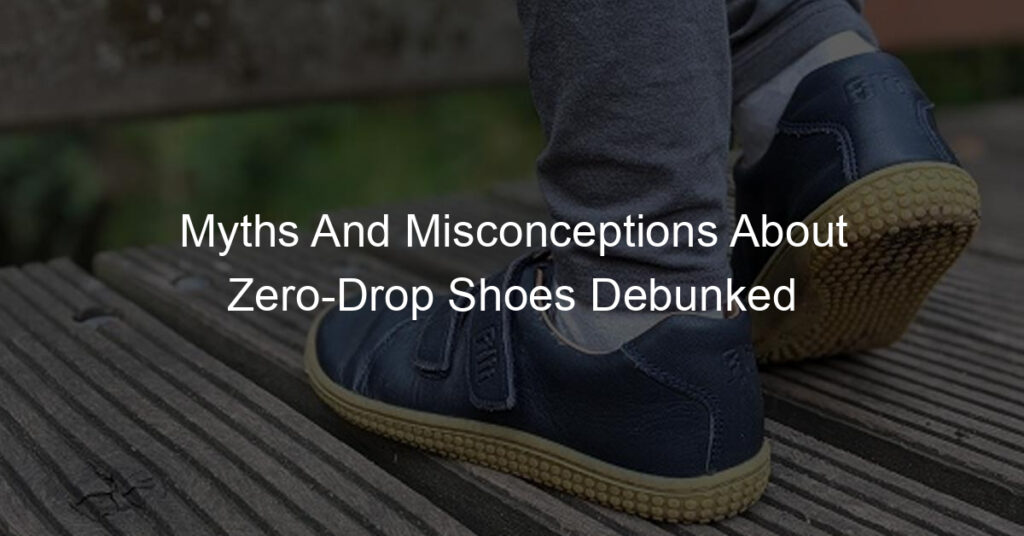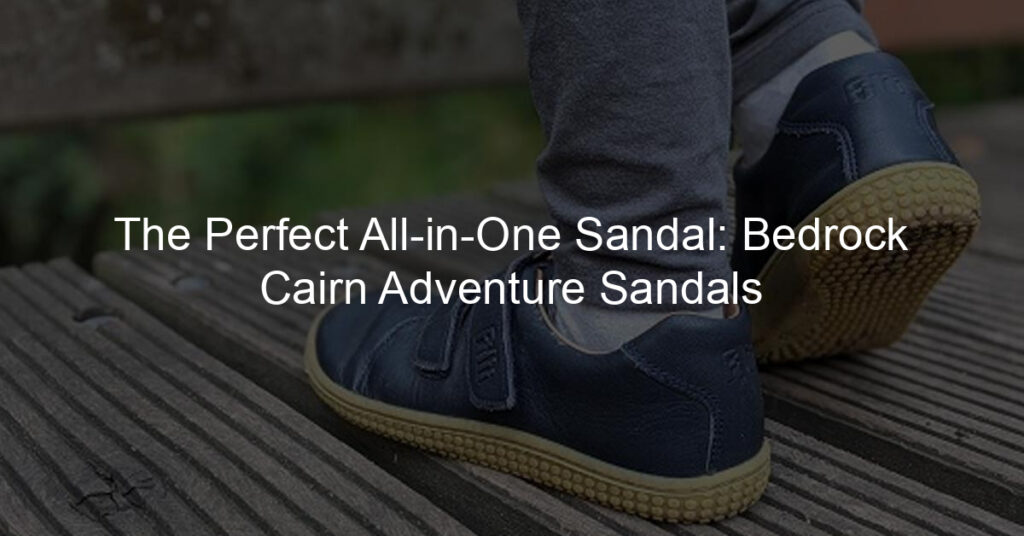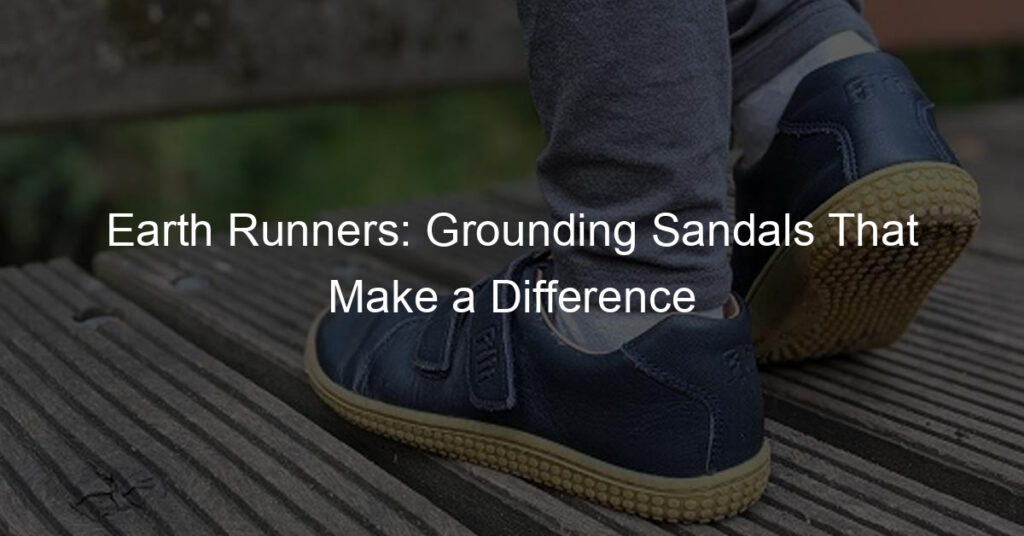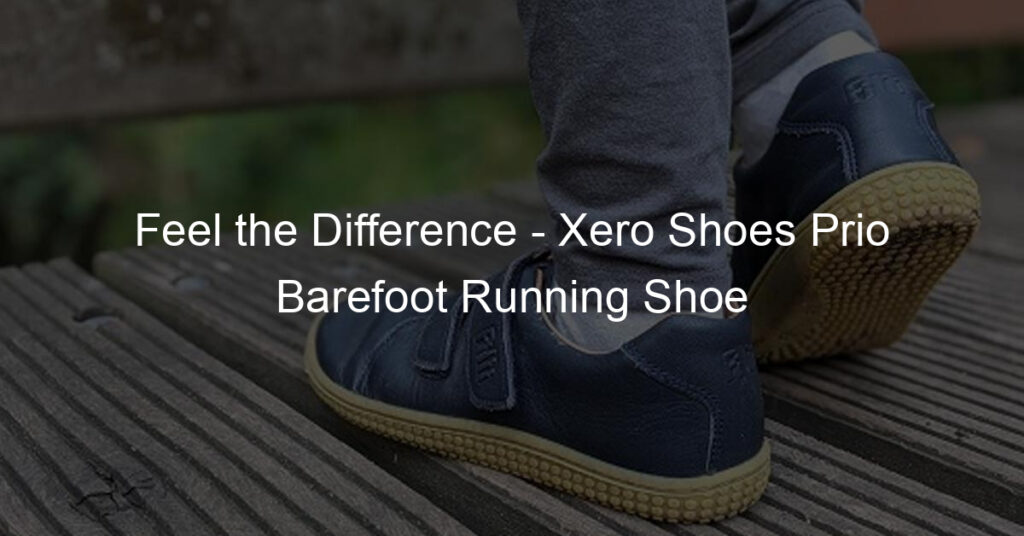What Are Zero-Drop Shoes?
Zero-drop shoes are a type of footwear that has no difference in height between the heel and the toe. This design helps to promote a more natural position and foot strike and can provide several benefits for runners, including increased stability and a reduced risk of injury.
These shoes are part of a wider category called minimalist shoes. but not all minimalist shoes are zero-drop. Zero drop shoe position your heel and toe at the same level, so there’s no drop from the heel to the toe.
In other words, if you put a zero-drop shoe on a flat surface, it would be level all the way around. Other types of minimalist shoes have a small heel-to-toe drop, typically 4 mm or less.
The term “zero-drop” is relatively new, but the concept of creating shoes with a lower heel-to-toe drop is not.
Many traditional running shoes have a 12-mm difference between the height of the heel and the height of the forefoot.
This design was created to help runners avoid injury by providing extra cushioning in the heel. However, research has shown that this extra cushioning is unnecessary and can lead to more injuries.
So, if you’re looking for a more natural running experience, these shoes are a good option.
While these shoes are often associated with minimalist running shoes, not all minimalist shoes are zero-drop. Many traditional running shoes have a small amount of drop (usually around 4-8 millimeters) between the heel and forefoot. Zero-drop shoes simply take this concept one step further by flattening out the sole completely.
If you’re interested in trying out a pair of these different shoes, it’s important to keep in mind that they can take some time to get used to. Usually, it takes four to six weeks for your body to adjust to the new biomechanics of running in a zero-drop shoe.
During this adjustment period, it’s common to experience some muscle soreness as your muscles adapt to the new motion. However, most people find that the benefits of these shoes are well worth the transition period.
In particular, you may need to adjust your running form slightly to accommodate the flatter sole. However, once you’ve made the switch, you may find that zero-drop shoes encourage you to run more efficiently and with less impact on your joints.
What Does A Zero-Drop Shoe Mean?
It is a type of footwear that has no difference in height between the heel and the toe. This means that when you wear them, your heel and toes are at the same level, providing a more natural walking experience.
These shoes can be beneficial for those who suffer from heel pain or other foot problems, as they help to reduce stress on the feet.
Additionally, they can improve posture and alignment, and increase leg strength and stability. If you’re looking for a more comfortable way to walk or run, zero-drop shoes may be worth considering.
If you already know about minimailst shoes, then you know a little about zero-drop shoes. These shoes are designed to have the whole shoe drop at the SAME level. This is different than other types of shoes which often have an elevated heel. The idea behind this shoe is that it more closely mimics the way we walk barefoot.
Having the heel drop and toe drop at the same level, allows our foot to strike the ground in a more natural way, which can be beneficial for those suffering from heel pain or other foot problems.
When you take a hike, you’re typically wearing a pair of hiking boots that have soles that are at least 1-inch thick. These boots are meant to withstand the terrain, and they are designed to provide support while protecting your feet from anything that might cause an injury. But these boots aren’t as comfortable for those who love to get out on foot or run.
It’s a real bummer when you love the outdoors or want to stay in shape but your foot hurts like crazy after every hike. Zero-drop shoes solve this problem by providing lower-profile soles with soft midsoles.
Instead of being built for rugged terrain, these shoes are designed for folks who enjoy walking on trails, running trails, and other activities that involve ground contact.
The soles make it easier for runners to move over rocks and uneven surfaces without getting stuck or hurting their feet in the process. They also offer more protection from the natural environment than traditional footwear usually does because the shoes can handle different types of terrain than average hiking boots can.
How Zero-Drop Shoes Are Designed?
When you walk in regular shoes, your feet land on hard surfaces, which places a lot of pressure on the joints (knees, ankles, hips). This is because these shoes are designed to be worn across flat surfaces like pavement and have thin soles that provide little friction.
In contrast, zero-drop shoes have thick midsoles, usually around 0.75 inches thick or more. This makes it so that when your foot lands on a surface like a trail or dirt path, there is nowhere for the foot to slide, which reduces pressure on the joints during movement.
Another benefit of these thicker midsoles is they provide better traction while walking or running over loose surfaces.
The combination of all these benefits ultimately leads to improved performance by reducing foot pain and discomfort during movement and providing an unrivaled grip on slippery surfaces.
Why is Zero-Drop Shifting Important?
When you are an adult, it can be hard to find active shoes that fit your foot properly. It is also difficult to find shoes that offer adequate protection and support if you have a wide foot.
When using minimalist shoe gear, it is important to make sure that the gear you are using has a wide toe box. This is because a shoe with a narrow toe box will pinch your toes together and cause foot pain. Additionally, a shoe with a narrow toe box does not offer the same type of protection as a shoe with a wider toe box.
A wider toe box will offer more protection for your foot, and it will also allow your toes to splay out naturally. This is important because it allows your foot to grip the ground better, which can improve your stability and balance.
A lot of people with these issues have turned to buy expensive boots. But these shoes are made just for adults or kids who need better traction and support on their feet.
This includes people who suffer from arthritis and other joint problems, those who want to avoid discomfort in their feet or those who want more control over their movements on the trail.
These shoes are ideal for hiking because they provide all the benefits that hikers need without having any negative aspects like pain in the feet or other joint problems.
The fact that they’re made specifically for adults or kids who need better traction and support makes them even more attractive for people with these needs.
These shoes reduce pressure on the joints as well as help regulate body temperature so your feet don’t get too hot or too cold while walking, running, or training on trails. It’s easy to see why zero-drop is important.
Not only will they keep your joints healthy during tough activities like hiking, but they’ll also make it easier for you to carry heavier loads when you go backpacking and camping with your friends and family this time of year!
What Are The Advantages of Zero-Drop Shoes?
Zero-Drop shoes are incredibly lightweight and engineered with a level of flexibility and comfort that is only rivaled by other running or walking shoes. This type of shoe provides all the benefits of running or walking without any of the negatives.
In terms of weight, they are weightless, which makes them ideal for those who have arthritis and need to avoid pain. They provide great traction on both dry and wet surfaces like slick trails and roads, so they’re perfect for those who walk frequently or run outdoors.
The shoe itself has a thin layer of EVA foam called the midsole that is strategically placed in the middle of the shoe for maximum shock absorption and cushioning, yet it is still getting the feet laying directly flat on the ground for a more natural feel. The outsoles are made of durable rubber that will give wearers excellent traction and support on different surfaces.
This means these shoes work well with plantar fasciitis, tendonitis, and other foot conditions that affect athletes from every sport.
What Are The Disadvantages of Zero-Drop Shoes?
Despite their advantages, there are some downsides to these shoes. One downside is that they are not as durable and can’t take the abuse of outdoor use as well as a pair of hiking boots can.
Another downside is that they are not waterproof like running shoes or cross-trainers, so if you plan on doing any water sports in them, you’ll need to make sure you have a different pair for when you’re done with your hike.
The last downside is that they don’t provide enough protection if you fall—they’re just not as heavy or sturdy. See how zero-drop shoes can benefit adults and kids alike: As an adult, over time your joints start to ache from all the daily wear and tear on them.
Hiking boots provide more support than sneakers so it’s easier for adults to hike and maintain their health during those treks. But when wearing zero-drop shoes, adults can still enjoy camping trips, going for hikes with friends, or other outdoor activities without the pain associated with traditional hiker gear.
As a child, kids typically don’t have much experience wearing hiking boots until they’re bigger because it can be hard for them to walk in them at first.
Kids vary in size depending on age, gender, size of feet (smaller kids will end up needing one size smaller), and even weight (active kids might need bigger shoes because they generate more heat). With zero-drop shoes, all of these variables are leveled out.
This means that kids can start using zero-drop shoes as early as they want without having to worry about whether or not they’ll be able to walk in them—and they’ll still get all the benefits that adult hikers enjoy!
What Are The Different Styles Of Zero-Drop Shoes?
There are many different styles of zero-drop shoes on the market, from trail runners to hiking boots to every day sneakers.
The main thing to look for in a zero-drop shoe is that it has a thin layer of EVA foam in the middle for cushioning and support. This will help reduce pain in your joints and feet while you’re walking or running.
Other than that, it’s up to you to decide what style of shoe you want. Do you need something lightweight and breathable for summer hikes? Or do you need something more durable and supportive for winter treks?
The Zero drop trail runners and hiking boots are also an option. Trail runners, also known as cross-trainers, are more popular than they used to be because they’re often lighter and easier to wear.
There’s less pressure on your joints when you wear a trail runner compared with traditional hiking boots. The other main type is hiking boots, which offer more ankle support than a trail runner but are still lightweight.
Apart from that, there are everyday zero-drop shoes. This type of shoe is perfect for those who want the benefits of zero-drop but don’t necessarily need the support or durability of a trail runner or hiking boot.
Are zero drop running shoes good?
Since they have a thin layer of foam in the middle, they can help reduce the impact on your joints when you walk or run. This makes them a good choice for those who have arthritis or other conditions that cause joint pain.
They also provide great traction on both dry and wet surfaces like slick trails and roads, so they’re perfect for those who walk frequently or run outdoors.
Generally, these shoes help you to improve and have a proper running form, while with regular running shoes, the bulky construction can impede your progress.
What are the best zero-drop shoes?
The best zero-drop shoes will depend on your needs and preferences. If you need something lightweight and breathable for summer hikes, trail runners are a good option.
For winter treks, hiking boots offer more support and durability. And if you just want the benefits of zero-drop without the extra support, everyday sneakers are a great choice.
These shoes can provide many benefits for both adults and children. They are lightweight and comfortable and can help reduce joint pain. With so many different styles available, there is sure to be a pair of zero-drop shoes that is perfect for you.
Why Would You Wear Zero-Drop Shoes?
The main reason people wear zero-drop shoes is for the health benefits. These shoes put less pressure on your joints, which can help reduce pain in the long run.
They’re also great for people with conditions like plantar fasciitis, tendonitis, and arthritis because they offer more support and cushioning than traditional shoes. And since they’re so lightweight, they’re also perfect for those who need to avoid pain when walking or running.
Conclusion
Zero-drop shoes have gained popularity because they are designed to be a more natural foot posture. This type of barefoot shoe is specifically designed for people with flat feet and normal arches. Zero-drop shoes allow for the feet to move naturally and are designed to reduce the stress on the arches, ankles, and knees.
Do you think zero-drop shoes are right for you? Give them a try on your next hike or walk and see how they feel!

